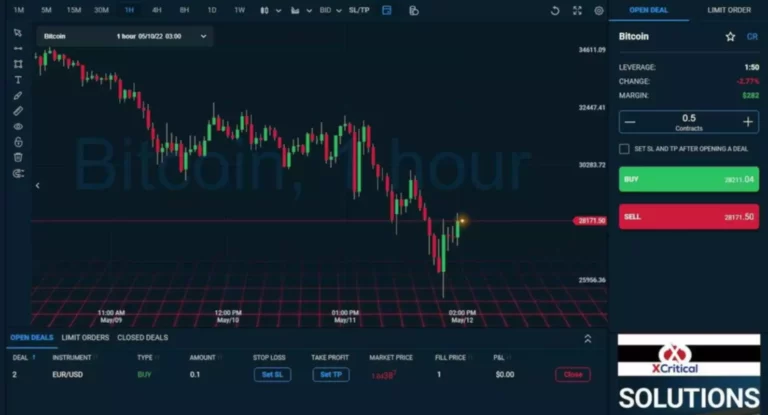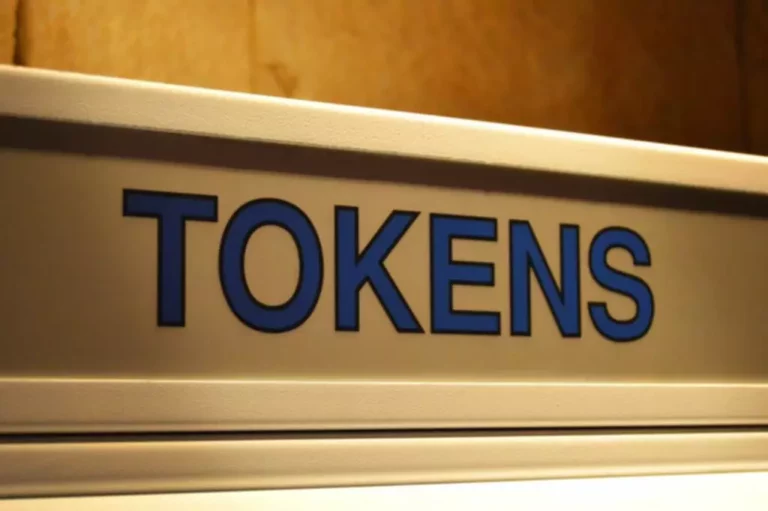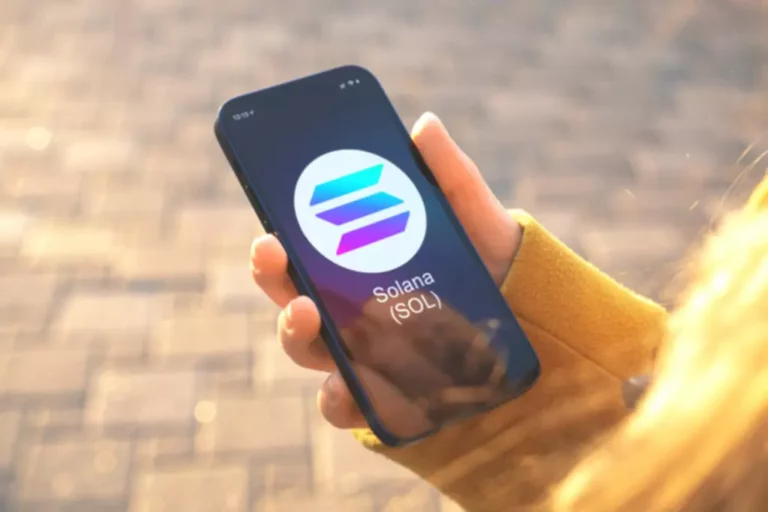Beyond a seamless user experience, the mobile app also adds support for holding some major non-EVM compatible tokens such as Bitcoin, Dogecoin, Litecoin, Ripple, and more. This multi-currency wallet was launched in 2014, making it one of the oldest non-custodial wallets in the market. Atomic Wallet is also a well-known non-custodial solution for those seeking to store their funds on-chain.
Custodial wallets are considered a low-entry barrier for those new to the crypto space since they are easy to use and can be accessed from any device with an internet connection. It is one of the most well-known non-custodial wallets, and we describe how to create one above. The decision of what kind of cryptocurrency wallet to go with is a complicated one for any cryptocurrency investor.
Which crypto wallet should I choose?
You can find some popular mobile wallets like MetaMask, Trust Wallet, and Exodus in your app store. In terms of reliability, Coinbase is a popular company with a solid reputation and one of the biggest public crypto firms in the industry. A standout feature of Coinbase Wallet is its interoperability and compatibility with hardware wallets such as Trezor, MetaMask, Ledger, and KeepKey. Like with MyEtherWallet, users can access a comprehensive system that keeps their USDT securely online and offline.
Whether you’re looking for a beginner-friendly mobile wallet or a hardware option to hold Tether securely in the long term, there are several good options on the market. Your choice will likely Crm Software Program depend on what other cryptos you hold and what you plan to do with your USDT. Hence, it removes the need for using a decentralized exchange (DEX) when trading USDT for other cryptocurrencies.
Customers
One alternative is to use a non-custodial exchange, also known as a decentralized exchange, or DEX. These are decentralized finance (DeFi) protocols that users connect to without forsaking access to their cryptocurrencies. Traders instead spend money directly from non-custodial wallets, like MetaMask or Ledger, and do not add their money to a wallet owned by the exchange. Smart wallets are non-custodial wallets controlled through smart contracts that allow for an ecosystem of asset management features to be built on top. Among the most popular features are transaction batching, wallet aggregation, and paying gas fees with non-native tokens, all of which can be found on the Nexo Wallet.
You can download the Uphold wallet on Android and iOS supported devices as well. The wallet allows users to buy crypto straight from the Exodus mobile app whenever and wherever they choose. This is facilitated by the ability to pay with credit/debit cards, bank transfers, and Apple/Google Pay. Users can use Exodus as a web extension on desktop computers and mobile devices without having to create a custodial account. You can also take advantage of biometric verification in the form of face scanning and fingerprinting technology. Web3 refers to the next iteration of the internet built on the principles of decentralization.
What is a custodial wallet?
It’s important to make a distinction between the Coinbase exchange and the Coinbase wallet. The Coinbase exchange is one of the oldest and most well-known crypto trading platforms in the US. Holding your digital assets on the exchange’s web wallet makes it easier to trade, but leaves your coins exposed to more dangerous cybersecurity threats. You can use a non-custodial wallet to store crypto assets like coins, tokens, and NFTs. Moreover, most software wallets are available for Windows, macOS, Linux, Android, and iOS devices. You have the option to protect your stored NFTs and cryptocurrencies using a password.
The most crucial aspect when choosing a non-custodial wallet is the security it offers. Consider the wallet’s reputation, track records, and security features, such as two-factor authentication, PIN codes, or biometric authentication. Remember, you are responsible for your private keys’ security, so choose a wallet with robust security measures. If you are using a non-custodial wallet, this is when you’ll be given your private key, a random 12 to 24-word string of words. If you lose or forget these, you will not be able to access your crypto.
What can you do with a non-custodial wallet?
However, users must keep private keys safe to reduce the risk of theft. A non-custodial hardware wallet is the safest option for crypto users with large amounts of digital assets in their portfolios, as well as those focused on long-term holding. Popular examples of non-custodial hardware wallets are Trezor and Ledger. Since all of the details related to a users’ crypto wallet and its funds are with the user, there is little to no risk of a remote hack.
- Accessible interface – An accessible, intuitive user experience is always welcome, regardless of whether you’re a crypto veteran or a newbie.
- Fireblocks enables exchanges, custodians, banks, trading desks, and hedge funds to securely scale digital asset operations through patent-pending SGX & MPC technology.
- If you choose to use a non-custodial wallet, you’re solely responsible for protecting your private keys.
- With custodial wallets, private keys are held by a third party, e.g. a crypto exchange or a wallet provider, which means users don’t really control their crypto assets.
- Ensure that your chosen wallet supports the cryptocurrencies you own or plan to acquire.
- The wallet encrypts all asset’s private keys to develop one major private key.
But for those who want full control and ownership of their private keys, non-custodial wallets might be what they’re looking for. Ultimately, it is up to the user, and the non-custodial Crypto.com DeFi Wallet is one of many options to consider. Custodial wallets are often targets of hacks due to the large number of private keys they store.
Types of crypto wallet
In addition, they have maintained a good reputation for over 10 years in the crypto space. Moreover, this wallet uses two-factor authentication (2FA) to safeguard user’s assets. Additionally, its “Auto-self Destruct” mechanism automatically deletes your private information if someone tries to tamper with the device. Furthermore, this wallet provides both Bluetooth and USB-C connectivity.
Remember, with great control comes great responsibility – safeguarding your private keys is crucial when using a non-custodial wallet. A public key is like a bank account number; it can be shared at will with anybody who wants to send you cryptocurrency, much like how an account number appears at the bottom of a paper check. A private key, on the other hand, can be thought of as your bank account’s PIN code, and should be carefully safeguarded.
Latest News on Crypto Wallets
Several major exchanges, notably Binance and Kraken, have chosen to publish cryptographically verifiable proof of reserves, which shows how much money they have on hand at any time. This allows customers to check whether the exchange is solvent or if the books look dodgy. The Nexo Wallet supports five networks – Ethereum, Polygon, BNB Chain, Avalanche, and Fantom. Each of them requires a separate Identity, which can be created with a click of a button. You can manage your existing digital Identities from the section in the top right corner of the dashboard.
A deep dive into the key differences that separate custodial vs non-custodial wallets. Just be sure to follow best practices so that you are able to recover it should you lose it. The wallet can interact with a range of Ethereum/EVM-based DApps and also supports NFTs. Unlike MetaMask, however, it does support Bitcoin swaps, but offers little compatibility with other non-ethereum/EVM altcoin networks.


